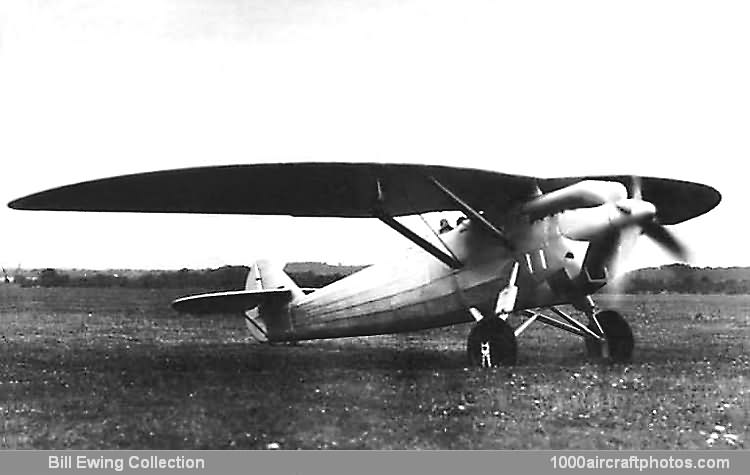The Do C4 was a heavy braced high-wing two-seat fighter monoplane. The three-spar wing consisted of two fabric covered sections and was braced against the fuselage by one pair of struts on either side. The wing halves with a semi-elliptical design were connected to a short pylon extending from the fuselage. The wing design was unconventional: it was thickest at the connections of the struts, decreasing rapidly to the edges, but also to the aircraft center to offer good visibility to the pilot seated behind the wing; the wing leading edge curved backward considerably, resulting in a slightly swept wing.
The fuselage consisted of a tubular structure and was fabric covered. The engine and its water radiator were installed in the metal-covered removable fuselage front section. The fuel tank followed to the rear, then the single-seat flight deck and the observer's station. The faired landing gear wheels were braced against the fuselage underside by a pair of struts each as well as by a telescopic strut connected to the wing strut connection point. The tail assembly was fabric covered and had a horizontal tail unit adjustable in flight, braced against the fuselage by one strut on either side.
The type was the first to be entered in the new model designation system of the Heereswaffenamt (army weapons office) which was mandatory to all German aircraft manufacturers. Only a few years later this designation system was taken over and continued by the RLM in 1933. Hence the Do C4was allotted the first number number '10', prefixed with 'Do'.
Two Do 10 prototypes were built, being registered D-1592 and D-1898 (c/n 226 and 227), and powered by a 710 hp BMW VI engine (instead of the intended 650 hp Hispano-Suiza 12Ybre), the first flew on July 25, 1931 with Dornier's Chief Pilot Egon Fath at the controls. Performance was sound though not impressive, and the type was not taken into production. Both aircraft were subsequently used for experiments, the vertical tail area was doubled, one aircraft was used for trials with a tilting engine mounting that allowed the engine thrust line to be elevated 15°, while one flew with an auxiliary airfoil above the wing leading edge."
